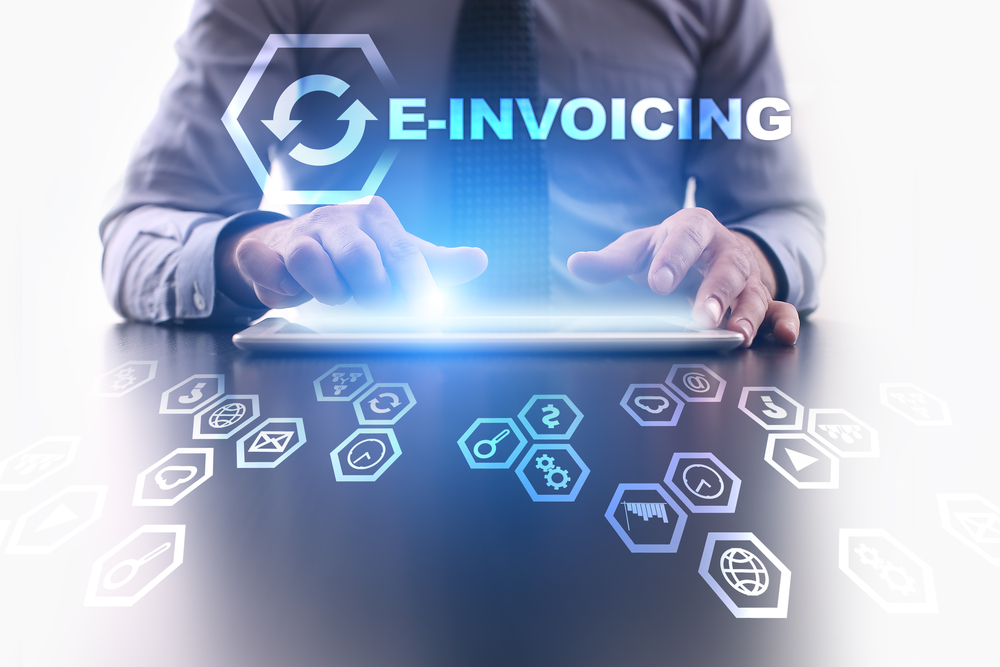
E-Way Bill System – Purpose and the Mode of Obtaining E-Way Bill
E-way bill is an electronic document generated on the GST portal evidencing the movement of goods. Electronic GST invoicing has two components. Part A comprises of details of GSTIN of the recipient, place of delivery (PIN Code), invoice or challan number and date, the value of goods, HSN code, transport document number (Goods Receipt Number or Railway Receipt Number or Airway Bill Number or Bill of Lading Number) and reasons for transportation. Part B comprises of transporter details (Vehicle number).
The electronic invoicing tool is in continuation of changes in the tax environment, ranging from auto calculation of distance for movement of goods to barring businesses from generating multiple e-way bills supported by one invoice. The purpose of the E-way bill is to ensure that goods are transported under the GST Compliant Invoice Act and it is considered as an effective tool to track the movement of goods and check tax evasion.
Part A of the E-way bill needs to be filled in by the person who is causing the movement of goods of consignment where the value exceeds Rs.50,000/- per the original notification. Part B details are to be provided by the person who is transporting the goods. The registered person (consignor or recipient) who transports the goods to generate the e-way bill by providing information in part B on the GST common portal. The registered person needs to obtain a unique Invoice Reference Number (IRN) from the common portal by uploading the tax invoice issued by him in FORM GST INV-1 and produce the same for verification. Such a number will be valid for a period of thirty days from the date of uploading. The trial version for the GST Invoicing tool is available from SmartAdmin for small and medium enterprises to handle the requirements of e-invoicing and can do Free Trial now.
Trucks caught without e-way bills will be levied a penalty of as per the notification prevailing. Besides, the cargo itself can be inspected to ascertain tax evasion. A penalty to the tune of 100% of the tax being evaded can be levied alongside the tax itself if evasion is proven and each the vehicle and goods can be impounded. There are a few cases when the e-Way bill is not required. However, such info is keeping on getting updated and needs to compare with such notification. In general, when goods are transported by a non-motorized conveyance the e-Way bill is not needed. Also when goods are transported from the port, airport, air cargo complex and land customs station to an inland container depot for clearance by Customs such E-Way bills are not need. The e-Way bill can be canceled as well. When goods are not transported as per the details furnished in the e-way bill, the e-way bill can be canceled electronically on the common portal, within 24 hours of generation of the e-way bill. However, an e-way bill cannot be canceled if it has been verified in transit.
SMART ADMIN is a cloud-based software for generating GST Compliant Invoice, Payroll management, Timesheet and Project Tracking – visit SMART ADMIN for FREE Trial and Registration.
.
Related Post
Enhance Lead Management through Automation with...
In today’s digitally driven working environment, the landscape of Marketing, Lead Generation, Follow Up and Conversion are constantly ...
Impact of Technology in Payroll: Enhancing...
The integration of advanced technology into payroll systems has revolutionized today’s fast-paced business environment. This integra...
Leveraging Technology in Project Management –...
The integration of technology in project management has revolutionized traditional methodologies, ushering in a new era of effectiveness and...

